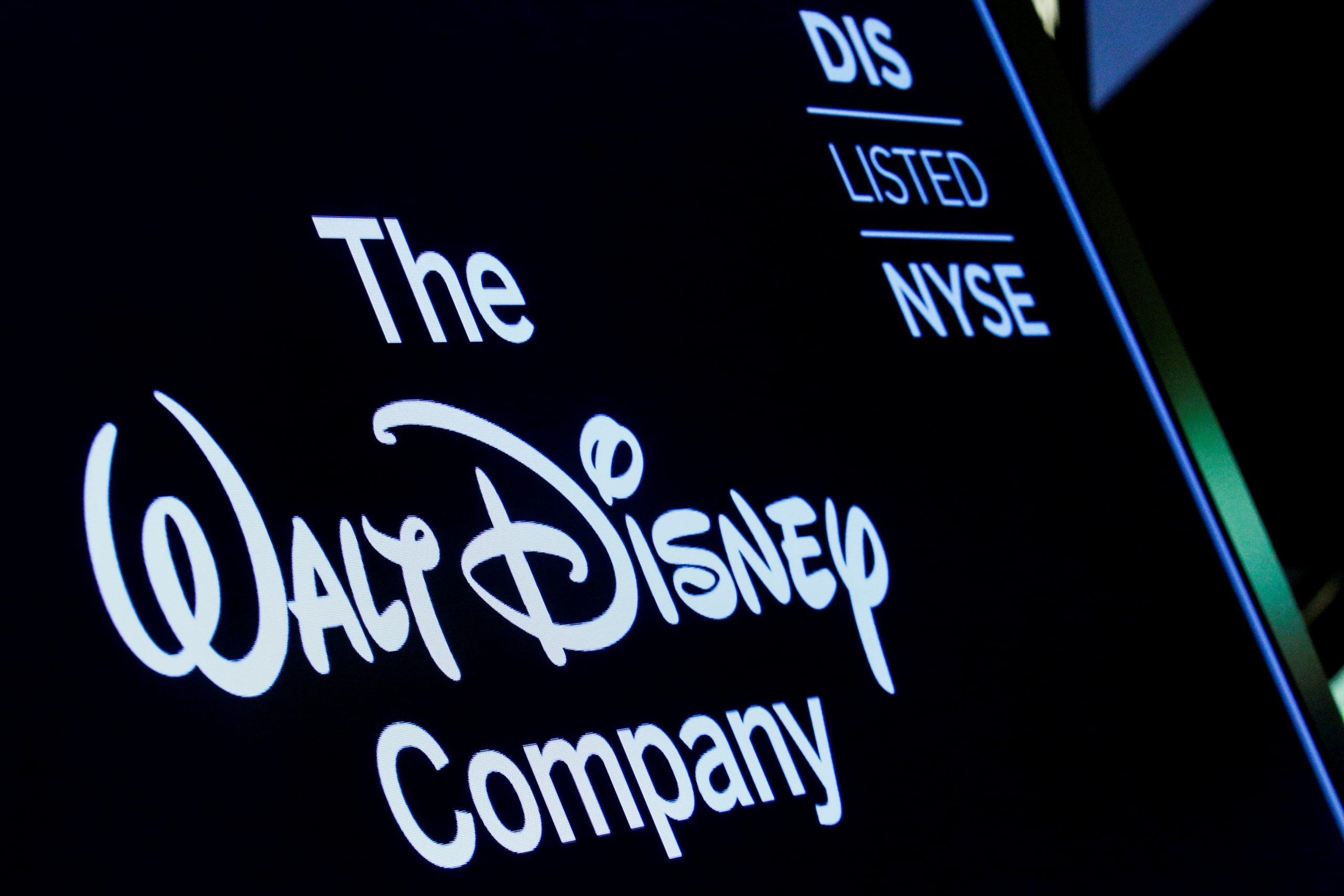While all eyes were on the midterm elections yesterday, Walt Disney Co. reported some bad earnings news to shareholders.
Quarterly losses from Disney+ more than doubled year-over-year, forcing executives to commit to cut expenses in the company’s streaming platform, according to The Wall Street Journal.
But it got worse for the woke media giant.
Although theme park revenue was up 36 percent — how could it not be, after two years of COVID lockdowns, travel restrictions and mainstream media fear mongering — its “traditional media business” was looking at a quarterly drop that would erode that growth.
Shares were down more than 12 percent Wednesday morning, making Disney the Dow Jones Industrial Average’s biggest loser for the day. Disney was looking at its lowest closing stock price since March 2020, The Journal said.
That share price — about $87.78 at noon Wednesday — meant the company had lost $20 billion in market value and faced some potentially difficult choices.
“We believe Disney may face a choice between its subscriber growth guidance and its streaming breakeven guidance as we believe it may be tough to meet both,” analysts at Barclays wrote, according to The Journal.
Nevertheless, CEO Bob Chapek told The Journal that Disney+ was still expected to be profitable in 2024, “assuming we do not see a meaningful shift in the economic climate.”
Good luck with that.
Wall Street had expected Disney+ to lose more than a billion dollars this quarter — but not the nearly $1.5 billion it actually did. Chapek said that losses were expected to lessen in future quarters.
There was a bit of good news: Disney+ added 12.1 million net new accounts, that is, it added 12.1 million to its total, even counting subscribers who dropped the service. Chapek said he expected to increase revenue through price increases and the addition of a new plan that would give subscribers the option to pay less up front but be forced to see ads in streamed content.
Investors and analysts were less rosy about those projections, however.
For one thing, price increases always mean lower sales — that’s basic economics. For another, Disney had previously set a goal of “reaching 215 million to 245 million streaming subscribers” by the end of 2024.
How do you increase subscribers and prices at the same time? Good question, one for which Disney appears not to have an answer. Instead, as Barclays wrote, it may have to pick which goal it’s going to try to meet.
All of that is made more problematic by increased inflation, the threat of an impending recession, and a post-COVID environment that makes predicting consumers’ viewing habits more problematic than ever.
As people around the world return to normalcy — or at least to their offices — there will be fewer people with the time to get their money’s worth from streaming services. Recession may put some of those people out of work, which may mean they have time to enjoy streaming services but not the money to afford them. And I haven’t even mentioned the plethora of competing services, a new one of which seems to launch every day.
Chapek’s caveat, “assuming we do not see a meaningful shift in the economic climate,” is almost laughable under those circumstances.
This article appeared originally on The Western Journal.
























